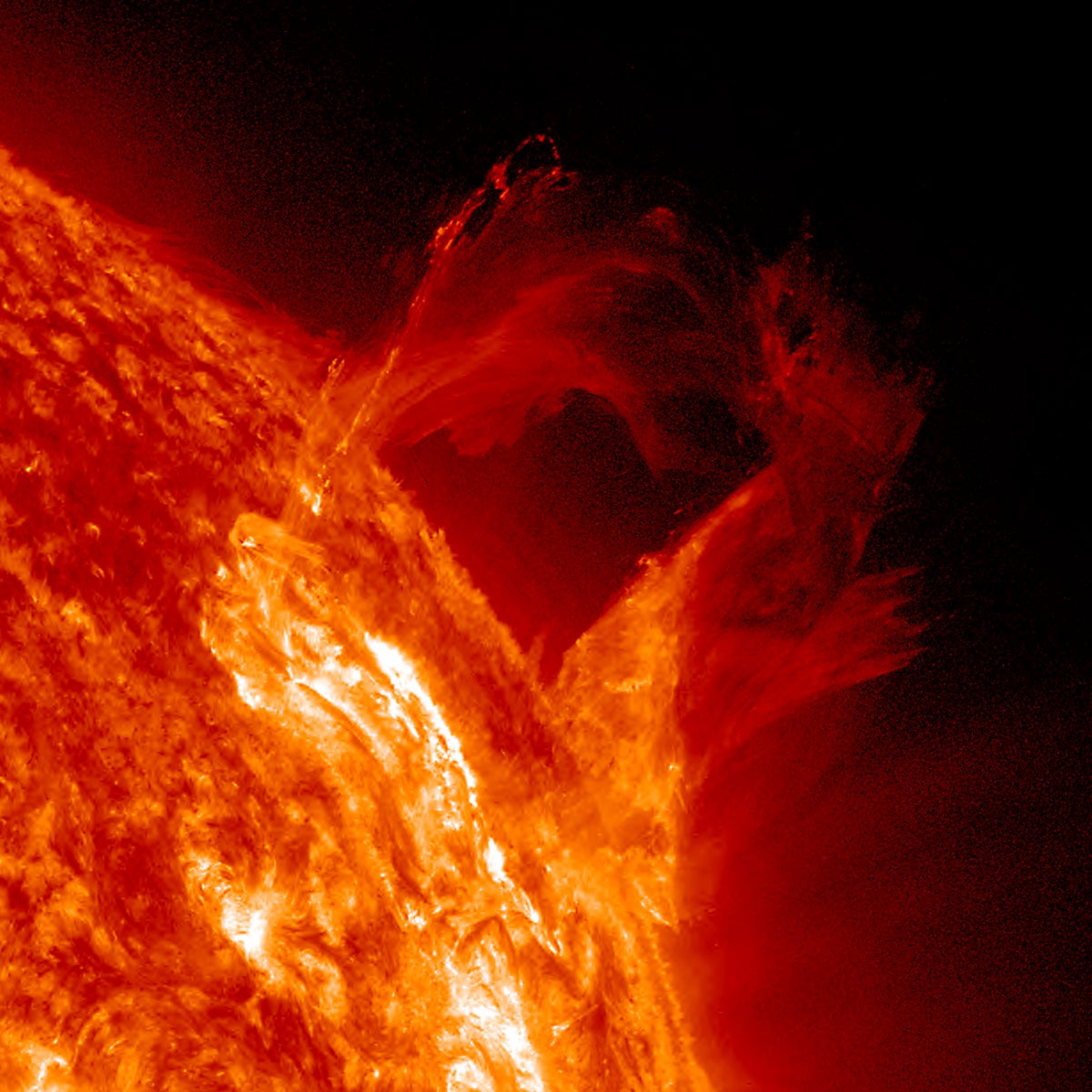
Scientists have observed a rare and powerful gamma-ray flare from the supermassive black hole at the center of the galaxy Messier 87 (M87), marking a significant breakthrough in understanding these cosmic giants.
This flare, detected in April 2018, is the first of its kind seen in over a decade and has shed light on the extreme physics around M87’s black hole.
M87, also known as Virgo A, is the brightest galaxy in the Virgo cluster, the largest gravitationally bound structure in the universe.
Its central black hole, famously imaged by the Event Horizon Telescope (EHT) in 2019, is over 6 billion times the mass of our Sun.
This black hole powers a jet of energy and particles that stretches millions of times beyond its event horizon.
During the 2018 campaign, involving more than 25 telescopes worldwide, scientists observed a three-day burst of high-energy gamma rays from M87.
These gamma rays are thousands of billions of times more energetic than visible light.
The flare was detected by NASA’s Fermi Gamma-ray Space Telescope, while other observatories like Chandra and NuSTAR captured X-ray data, and radio telescopes tracked the jet’s evolution.
The region producing the gamma rays was surprisingly small, spanning less than three light-days, or about 170 times the distance between Earth and the Sun. Despite its size, it unleashed a powerful burst of energy that amazed researchers.
Dr. Giacomo Principe, a scientist at the University of Trieste and the lead author of the study, explained: “This flare allows us to pinpoint the region where these high-energy gamma rays are created.
Observations like these help us understand how energy is transferred from the black hole’s surroundings to its massive jet.”
The study also revealed intriguing changes in the jet’s structure and position over time. These variations suggest a connection between the black hole’s event horizon and the large-scale jet, offering new clues about how particles are accelerated in these extreme environments.
“This is an exciting discovery,” said Professor Sera Markoff from the University of Amsterdam. “For the first time, we can directly link gamma-ray flares to regions close to the black hole’s event horizon, helping us test theories about how these flares form.”
This discovery highlights the power of international collaboration and advanced technology in unlocking the mysteries of the universe.
Future campaigns by the EHT and other observatories aim to deepen our understanding of black holes and the incredible forces they unleash.
Source: KSR.








Leave a Comment